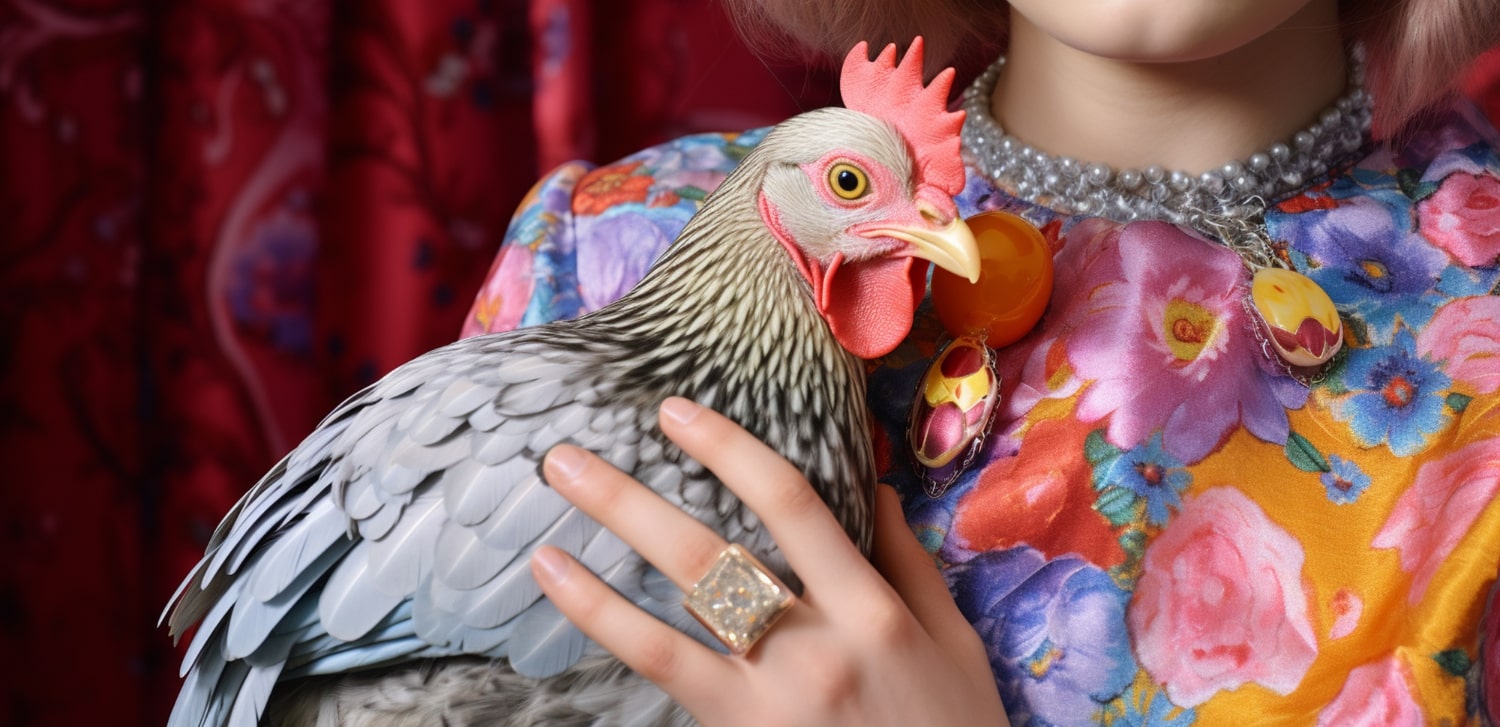Revealing the Fur Hen
At first utterance, the phrase fur hen seems almost enigmatic, a riddle clothed in feathers and echoes of antiquity. Yet beneath this seemingly quaint expression lies an intricate fabric of ancestral lore, artisanal craft, and emblematic potency. A fur hen is not a mere trinket—it is a sculpted vision, often assembled with fibrous strands, feathery contours, or fur-like weaves molded into the likeness of a hen. Across varied geographies, it emerges as folklore’s emblem, as handiwork of artisans, or as sartorial embellishment adorning both garments and dwellings.
Symbolism resides deeply within this motif—prolific fertility, household sustenance, and an unseen shield guarding the sacred heart of home. Its journey is long; Eastern traditions revered it as a domestic sentinel warding off ominous spirits, while Western circles adapted it into fashion and ornamentation. In today’s epoch, the fur hen strides anew into sustainable craftsmanship and eco-styled couture, reborn with both natural and synthetic skins.
Thus, the fur hen is more than relic; it is narrative—threading antiquity with the present, folklore with futurity.
Ancestral Pathways of the Fur Hen
Its genealogy unfurls across centuries, born from myth, ritual, and the imaginative heart of agrarian communities. To those people, the hen itself was a vessel of fecundity, eggs serving as miniature suns of renewal. Draping these avian forms with fur, fabric, or plumage was not mere embellishment—it was consecration. These figures were enthroned within cottages, guardians against malice, magnets of fortune, keepers of seasonal rhythm.
In Europe, decorative hens lit the Easter festival, heralding the quickening of spring and rebirth. In Asia, artisans wove fur hens from pelts and plant fibers, presenting them during harvest as talismans of abundance. Centuries later, what began as ritual guardians were transfigured into crafted artworks, sought after for both symbolic marrow and aesthetic brilliance.
By the nineteenth century, fur hens had drifted into the decorative arts movement, where raw textures conversed with elaborate design. Ritual gave way to artistry, yet the marrow of meaning endured. In the present, with sustainability as compass, artisans often forge these hens from synthetic strands, thus preserving the symbol while aligning with ethical conscience.
Varied Embodiments
The fur hen does not exist in singular guise—it manifests in a spectrum of interpretations shaped by material, intent, and artistry:
Natural Fur Hens – Traditionally born of genuine pelts, plumes, and organic filaments. Once entwined with ritual, they now linger as rare antiques, treasured yet shadowed by the ethical reservations of modern sensibilities.
Artificial or Decorative Fur Hens – Cast from faux furs, imitation feathers, or manmade textures. These adorn living rooms and wardrobes alike, bridging ancestry with conscience while remaining affordable and eco-mindful.
Contemporary Reinventions – Sculptors fashion them in glass, mimicking fur’s tactile allure; haute couture stitches them into textiles; digital artisans render them in luminous pixels. Each form reveals adaptability—heritage breathing through new mediums.
Thus, a once-sacral effigy reveals an enduring metamorphosis, a relic that refuses stagnation.
Language of Fashion
The world of fashion, forever hungry for myth and nature, found in the fur hen a motif rich in fertility and charm. Centuries ago, its likeness adorned ceremonial attire, embroidered with fur and feathers upon bridal robes—bestowing whispered benedictions of prosperity.
In contemporary couture, fur hens flutter back upon catwalks: brooches clasped to silk, handbags clad in faux plumage, scarves patterned with avian silhouettes. Some daring designers drape entire ensembles with its emblematic presence. Particularly within the eco-conscious sphere, the fur hen has become an emblem of ethical beauty—manifested through recycled fibers, cruelty-free threads, and reimagined textiles.
Here, symbolism mates with responsibility: an ancient guardian reborn as avant-garde accessory.
Fur Hen within Interior Aesthetics
Beyond the body, the fur hen has taken its roost within the sanctuary of the home. Once talismans defending against misfortune, they now stand as artful décor—figurines perched on mantels, wall carvings radiating rustic warmth, or ornaments crowning festive gatherings. Their textured surfaces summon intimacy, their presence weaving folklore into domestic modernity.
Easter feasts often honor them as table centerpieces, while interior stylists fold them into pastoral, bohemian, and rustic designs. In the hands of DIY creators, they emerge anew from wool, reclaimed cloth, or faux furs—each piece singular, each one a sustainable ode to heritage.
Thus, the fur hen transcends time: once sacred guardian, now stylish emblem of personality and continuity, straddling the divide between myth and modern creativity.




You completed various fine points there. I did a search on the matter and found the majority of folks will agree with your blog.